Consider opening a trading platform for the first time and wondering whether your savings will cover the minimum deposit for a real account. For leverage trading for beginners, the question of how much money you need matters because leverage changes how much capital you must commit and how significant each position can be.
This guide breaks down starting capital, minimum deposits, margin rules, position sizing, trading fees, and real costs so you can plan with clarity. Ready to know what to bring to the table to trade with confidence?
If you want to test those numbers without risking your own funds, Goat Funded Trader offers a prop firm option that funds capable traders and helps you build confidence in sizing, risk control, and real-money performance.
Summary
- Trading capital determines survival, because about 90% of traders lose money, illustrating how insufficient runway forces risky sizing and emotional decisions.
- Per-trade risk control matters, with standard guidelines limiting risk to 1% to 2% of capital per trade, a rule that preserves runway and ties stop and position sizes to account for longevity.
- Tiny accounts face disproportionate friction, since a brokerage account can be opened with as little as $100 and fractional shares can cost about $5, yet fees, spreads, slippage, and margin costs can quickly erode small balances.
- Real timelines expose why small balances are hard to scale: a $500 account compounding at 5 percent monthly would take roughly four years to reach $5,000, while an aggressive 15 percent monthly pace shortens that to about ten months, which is rare and unstable.
- Objective validation requires a sample size; for example, compute expectancy over the last 50 to 100 trades, and use minimum evaluation windows of 100 to 200 trades as gating criteria before increasing capital.
- Consistency, not initial dollars, is the bottleneck: only about 10 percent of traders are consistently profitable, and startup analogies show that 70 percent begin with under $5,000 while 29 percent fail from running out of cash, underscoring runway over brilliance.
- This is where Goat Funded Trader fits in; the prop firm addresses this by offering transparent, rule-based simulated accounts and structured scaling paths so traders can validate consistency at larger sizes without risking the same fraction of personal savings.
What is Trading Capital and Why Does It Matter?
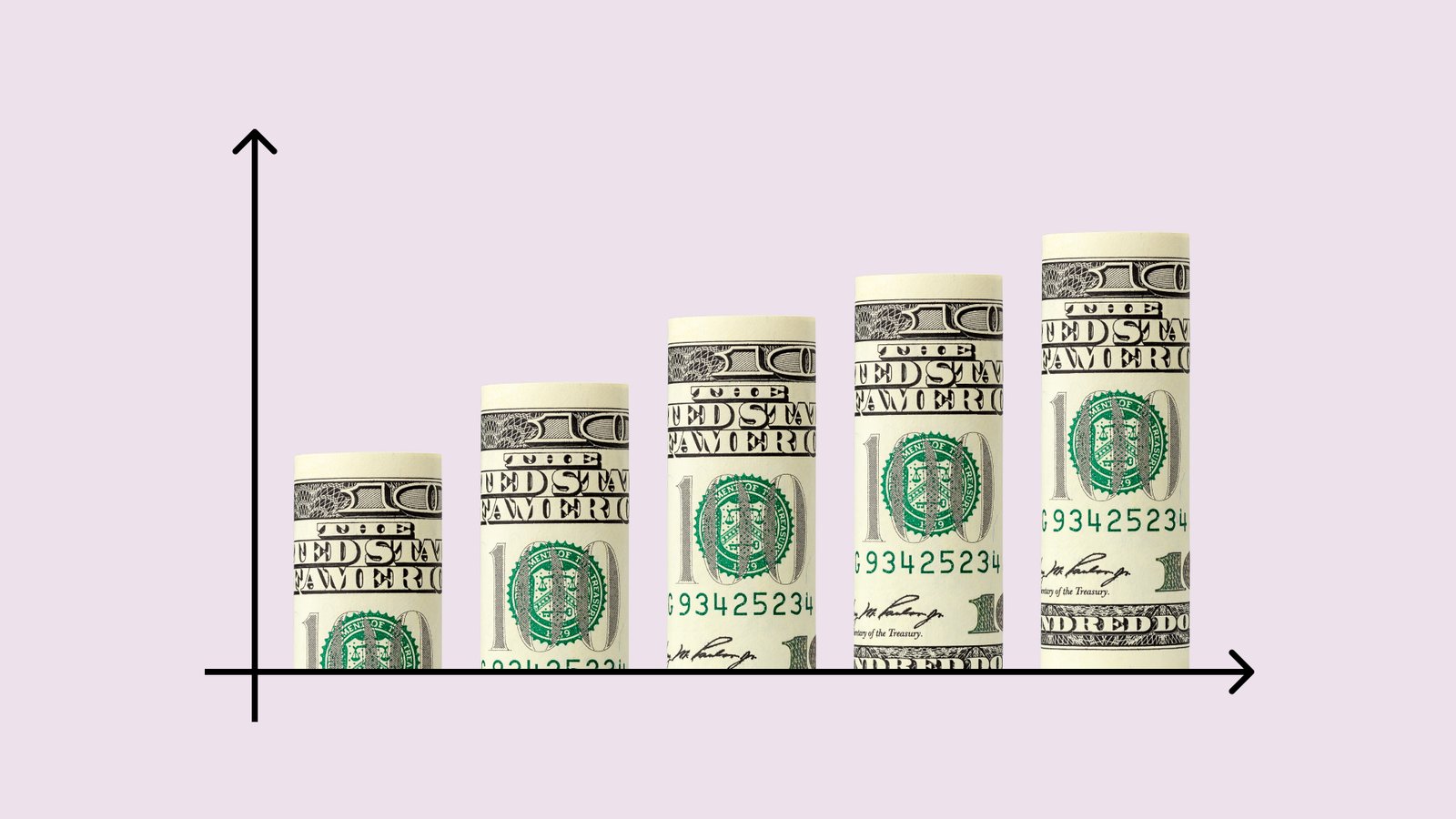
Trading capital controls what you can risk, how prominent each position can be, and how long you can survive mistakes. Put simply, it is the practical limit on your strategy: too little and you are forced into bad choices; enough, and you can treat trading like a skill-building exercise instead of a last-ditch gamble.
Why does trading capital change the way you trade?
Capital changes the whole game because it dictates leverage, position sizing, and opportunity cost. With more capital, you can scale winners, absorb a string of losing trades, and diversify across setups; with less, every loss feels existential and pushes you toward higher leverage or emotional decisions. The reality is stark: Capital.com (2023) reports that approximately 90% of traders lose money in the markets, underscoring how critical disciplined capital management is to survival rather than just entry timing.
What traps does too-small capital create?
This challenge appears across novices and part-timers: when the account is tiny, traders often increase size to chase returns, then widen stops or skip risk rules to avoid small, painful losses. That behavior corrodes discipline. I’ve watched traders convert a few small wins into overconfidence, then blow a month of progress in a single, overleveraged position. The emotional load is real; it’s exhausting to trade under constant pressure, and anxiety skews judgment toward impulsive exits and revenge trades.
Most people fund their first account with personal cash because it seems straightforward and fast. That works at first, but the hidden cost is that personal funds make every drawdown personal, and that personal stakes cause rule-breaking as volatility arrives. Platforms like GoatFundedTrader provide an alternative path: simulated significant capital, a structured scaling program that rewards consistency, and fast on-demand payouts when traders qualify, letting them prove their skill without risking the same fraction of their personal savings while they build discipline and a track record.
How should you size risk so your capital lasts?
A standard risk-control guideline is to limit how much of your account is put at stake on any one trade, keeping losses small enough to keep you in the game after a string of defeats, and letting your edge compound over time; Capital.com (2023) notes traders often risk 1% to 2% of their capital on a single trade. That rule is not magic, but it forces a predictable relationship between stop size, position size, and account longevity, which is where real progress happens.
How do you build longevity without a huge personal bankroll?
Treat your starting capital like a runway, not a target profit. Focus on repeatable setups, defined stop placement, and a plan to grow allocation only after meeting objective performance milestones. If you are short on cash, use structured simulated programs to practice live rules under pressure, then scale into real funds once your win rate and expectancy hold up over several dozen trades. The point is discipline and time, not the size of the initial check.
That pattern, starting small, learning to manage risk, then scaling, is how traders move from fragile to repeatable, not by luck but by systems and restraint.
That simple change in approach sounds minor now, but what comes next will show why the dollar amount you pick first is less significant than the rules you refuse to break.
Related Reading
- Are Small Caps a Good Investment Now
- Can Forex Trading Make You Rich
- How to Start Trading With No Money
- Is Futures Trading Profitable
- Trading Vs Investing
- How to Trade Forex With $100
- How to Get Free Stocks
- Which Trading Is Best For Beginners
- How Long Does It Take To Become A Profitable Trader
- Best Market To Trade For Beginners
- Best Timeframe For Swing Trading
How Much Money Do You Need to Start Trading?
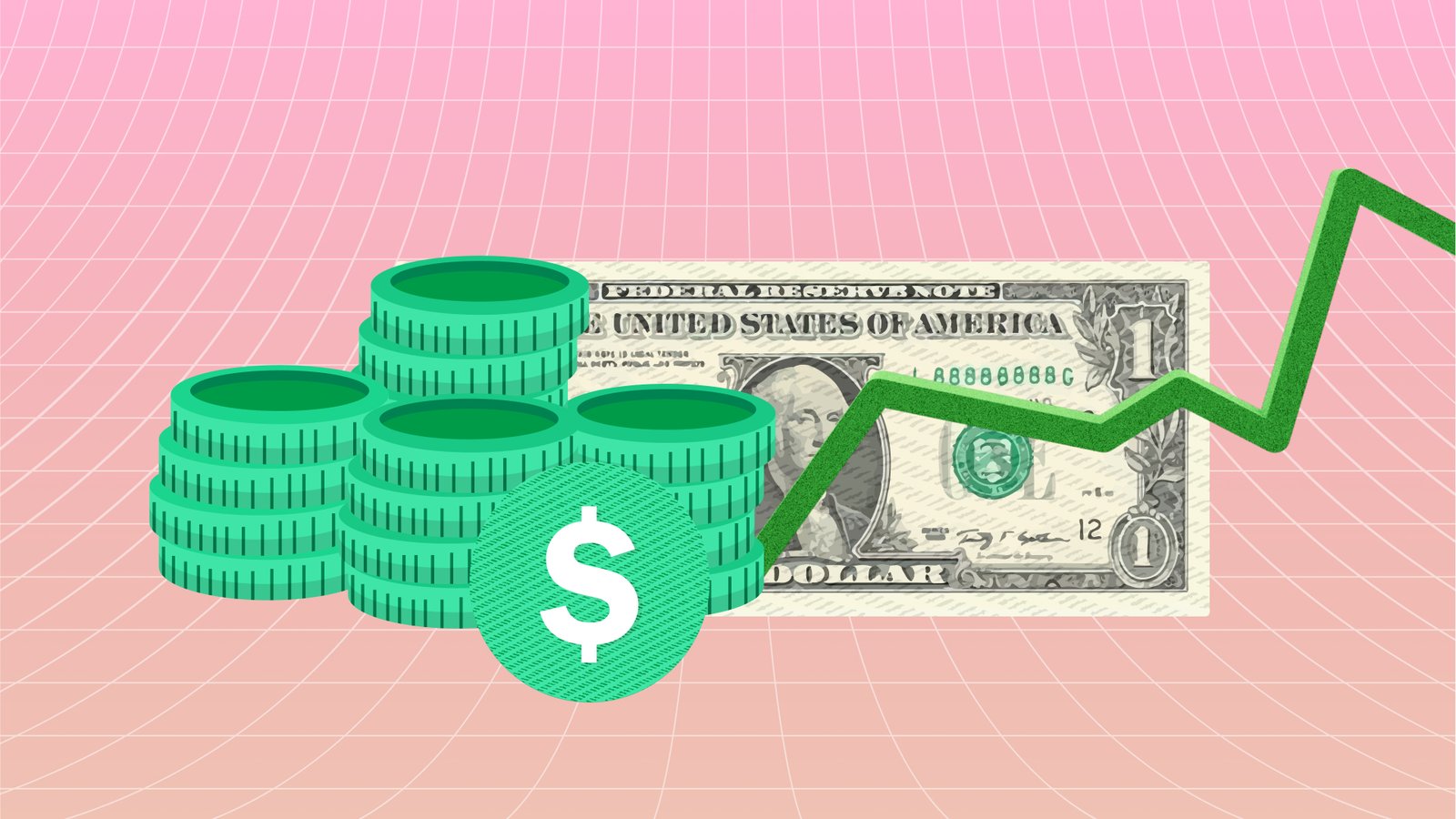
You can start trading with a small wallet, but pick the amount to match the role you want trading to play in your life: a training lab, a side hustle, or a scalable income stream. Your real choices are whether you’ll rely on personal cash or prove skill through funded-simulation pathways that let you access significant demo capital while you build a track record.
Which markets work best for small starter budgets?
For tiny accounts, foreign exchange and many crypto pairs let you trade micro and fractional lots so that entry minimums can be low. Stocks and options carry higher friction: single-option contracts and commission structures make tiny accounts inefficient, and some brokers impose minimum deposit requirements. Remember regulatory constraints, too, like the U.S. pattern day trader rule, which becomes relevant if you intend to day trade equities frequently.
How do different starting buckets actually change what you can do?
If you start under a few hundred dollars, your win rate and risk control must be surgical, because each loss moves the needle a lot. Between a few hundred and a couple thousand, you gain flexibility: you can diversify a little, absorb fees, and test multiple setups without forcing reckless size. Above several thousand, you can meaningfully scale winners, use better position-sizing, and survive a longer learning curve without collapsing your edge. The practical takeaway, plain and simple, is this: every jump in capital buys you optionality, not magic.
What hidden costs quietly destroy small accounts?
Trading fees, spreads, slippage, margin interest, option contract minimums, and tax friction all matter more when your balance is tiny. Small accounts also suffer from execution limits: overnight holds, minimum lot sizes, and margin buffers can force you into larger-than-intended positions. Consider trying to bail a sinking canoe with a teaspoon; small drains add up until the boat takes on water faster than you can pump it out.
Why expectations and timeline matter more than the dollar sign
This pattern holds across novices and part-timers: accounts below a specific size take far longer to reach income-relevant thresholds because the required percentage gains balloon as nominal capital shrinks. Turning a few hundred into a sustainable monthly payout requires repeated high-percentage wins, which increases stress and usually degrades decision-making. If your aim is skill development, low capital can be fine; if your aim is reliable income, plan for a longer runway or a pathway that scales capital without risking personal savings.
Most traders start with personal cash, but what does that cost you?
Most traders manage funding by using their own savings because it is immediate and straightforward. That familiarity works at first, but as you aim to scale, personal capital introduces real frictions: emotional pressure that erodes rules, slower iteration because each drawdown feels catastrophic, and limited ability to expose skill across larger position sizes. Solutions like funded-simulation platforms provide structured challenges, large simulated pools, and scaling programs that let traders prove consistent performance under rules so that they can access larger capital without the same upfront personal commitment.
How should you choose between using personal capital and joining a funded pathway?
If you need to minimize upfront cash and prioritize learning under pressure, compare challenge entry fees and the program’s rules, then weigh the time cost of qualifying against the interest lost in small accounts. Suppose you want to build a repeatable process with measurable performance metrics. In that case, funded-simulation pathways let you iterate faster by removing the bottleneck of small personal balances while retaining realistic trade rules. Pick the route that shortens the time between making a mistake and learning from it without blowing your household budget.
A quick, practical rule of thumb to decide your starting band
List three constraints: how much you can afford to lose without harm, how many hours per week you can practice, and whether you need income now. If your loss tolerance is low and hours are limited, choose a low-cost simulation or a small live account for practice. If you can dedicate time and emotionally absorb drawdowns, aim for a larger account or a funded challenge that lets you scale once you meet objective milestones. Treat these constraints like levers; change one, and the recommended starting band shifts predictably.
Learning to pick the right starting amount is one thing; the surprise is how much the method of access changes the journey.
That simple choice turns out to be the hinge that decides whether your first year is slow and painful or fast and instructive.
Can I Start Trading With $100?
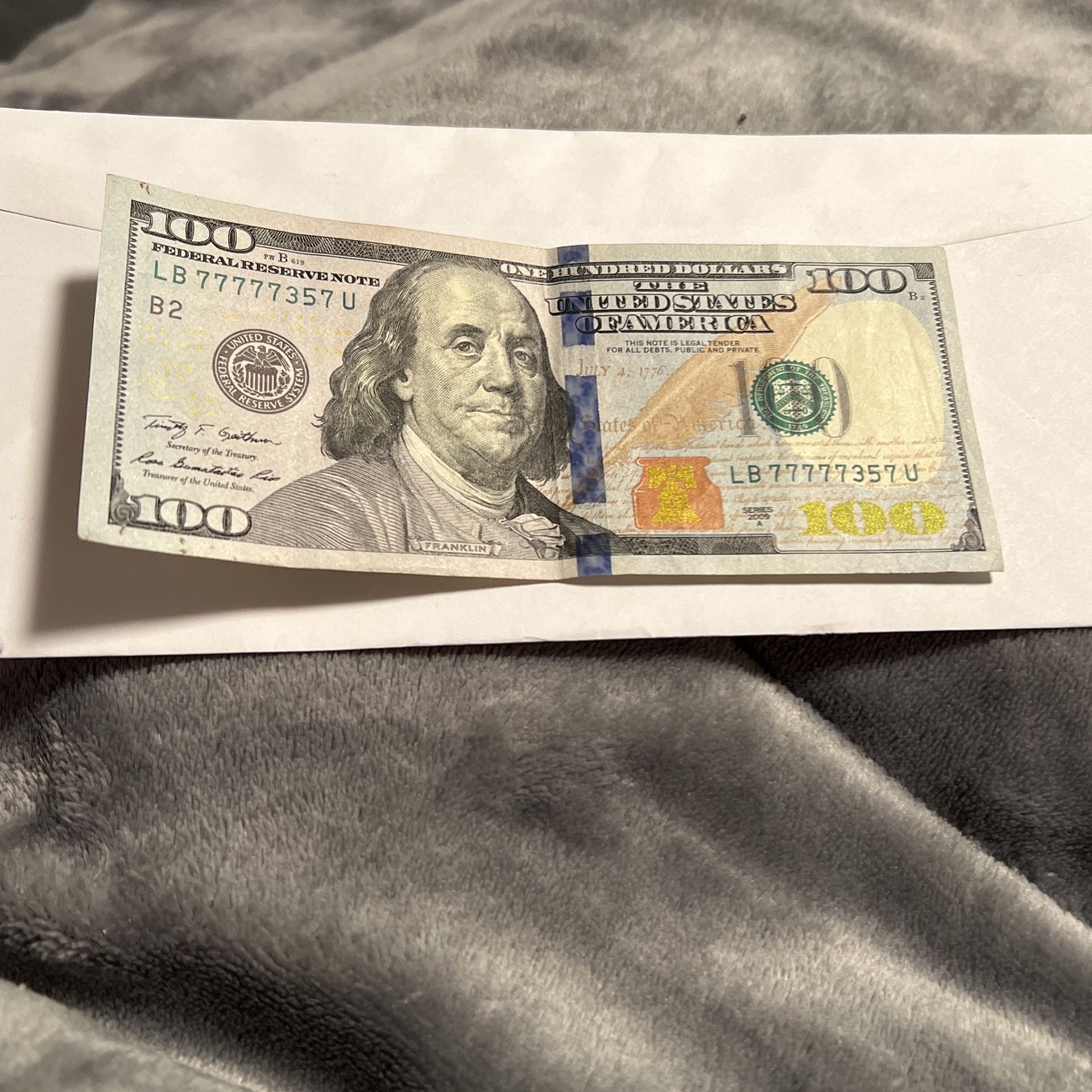
Yes, you can trade with $100, but treat that money as an experiment in execution, fees, and emotional control rather than a path to immediate income. Many brokers accept tiny accounts, so use this opportunity to test order types, measure slippage, and prove a repeatable process before you try to scale. For example, A brokerage account can be opened with as little as $100.
How should you size and place trades when each loss bites?
Start with a hard dollar cap per trade, you can take dozens of times without shutting down, not an aspirational percent. Use limit entries and tightly defined stops so execution mistakes, not emotion, determine outcomes. On FX, use micro or nano lots so a single pip doesn't swing your whole balance; on stocks, buy fractional positions thoughtfully because you can purchase fractional shares for as low as $5. Every entry should have a measured worst-case cost, a path to breakeven, and a reason you would scale or shrink that size after a string of trades.
What metrics prove your $100 experiment is working and worth scaling?
Track expectancy, trade frequency, and consistency over a fixed sample, not single wins. Calculate expectancy from your last 50 to 100 trades, and insist on a positive edge that survives fees and realistic slippage. Pair that with a simple stability test: no single day should remove more than a preset fraction of your balance, and your trade outcomes should not require you to change rules after random losses. Those are the objective signals that a small account is improving your process rather than amplifying luck.
How do you defend a tiny account against fees, spreads, and slippage?
Pick tick-conscious markets and low-spread instruments, avoid wide-spread times like thin overnight sessions, and prefer limit orders where practical. Simulate real slippage and commissions in your journal entries so your live results match your practice; treat the first 30 to 50 real trades as calibration, not profit-chasing. If you trade equities, fractional shares let you participate with small sums, but confirm the broker’s execution model first, because low nominal buy-ins do not always mean low friction.
When people only use personal cash, what breaks, and what could be different?
Most traders default to using their own savings because it feels direct and immediate, but that choice creates slow iteration and emotional drag as stakes rise. As losses accumulate, decision rules erode and learning stalls because every mistake feels personal. Platforms like prop firm provide a practical bridge, offering significant simulated capital, rule-based challenges, and faster iteration so traders can prove consistency under pressure before committing more of their own funds. These platforms let traders scale practice without compounding the emotional cost that small personal accounts impose.
What should your trade journal record to make $100 worth the effort?
Record the entry, stop, target, position size in dollars, clear rationale, trade setup category, market conditions, and execution notes; then tag outcome reasons, not just results. After each block of 20 trades, compute your win rate, average win, average loss, and the real profit factor including fees; if those numbers trend positively while adhering to your risk cap, you have an evidence-based case to either increase size modestly or apply for structured funding challenges.
This is about building a muscle, not chasing a miracle; treat $100 like a microscope that magnifies every fault in your process so you can fix it quickly.
Goat Funded Trader is a prop firm that gives you access to simulated accounts up to $800K with trader-friendly conditions, customizable challenges, and instant funding options. Sign up to Get Access to up to $800 today, and 25-30% off.
That solution feels tidy until you test what happens when you try to make a steady income with a slightly larger bankroll.
Related Reading
- How Much Money Do I Need to Start Day Trading
- Making a Living Trading Options
- Risk Management for Traders
- How Much Can You Make Day Trading With 100k
- Most Profitable Trading Strategies
- How to Stop Overtrading
- How to Become a Successful Day Trader
- Day Trading Futures Strategies
- How to Make Money in Forex Without Actually Trading
- Position Sizing Strategies
- Swing Trading Strategy
- Stock Trading Strategies for Beginners
- How to Start Day Trading With $500
Is $500 Enough to Start Day Trading?
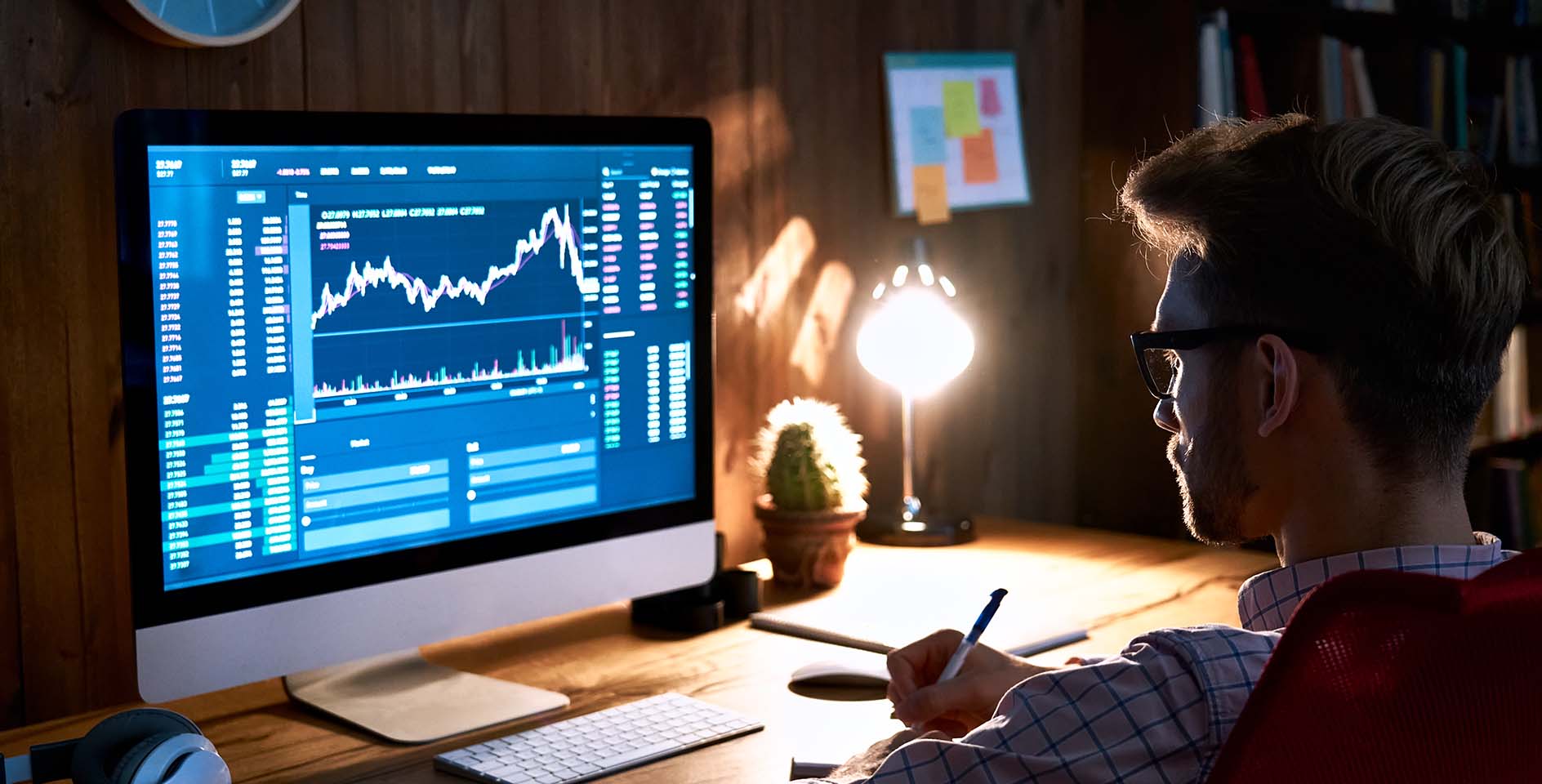
You can start day trading with $500, but treat it as a training account, not a business. With that balance, you are buying fast feedback on execution and psychology, not reliable income, so your plan should prioritize measurable progress and strict stop points.
What will $500 actually let you do?
A $500 account gives you a controlled lab for honing entry, exit, and trade management under live conditions. Run the numbers before you trade: compounding at a steady 5 percent monthly return would take roughly four years to turn $500 into $5,000, while an aggressive 15 percent monthly pace shortens that to about ten months, which is rare and unstable. Those timeframes show why small accounts force you to value repeatable processes over chasing big, one-off wins.
Which market and rule traps matter here?
If you intend to day trade U.S. equities frequently, remember the regulatory ceiling that changes the game: a minimum of $25,000 is required to day trade in the U.S., meaning many retail stock day traders cannot legally execute frequent same-day trades in margin accounts below that threshold. That constraint pushes small-account traders toward forex, micro-futures, or fractional-share strategies, but each choice brings its own execution quirks and fee tradeoffs you must respect.
How do you measure whether $500 is improving your skill set?
This is where objective metrics beat gut feelings. Use a fixed evaluation window, such as 50 to 100 real trades, and track expectancy, average win versus average loss, and maximum drawdown from peak equity. Treat those numbers like pass-or-fail criteria: only advance sizing when your expectancy is positive, your profit factor exceeds 1.2 after fees, and your peak-to-trough drawdown stays below a preset cap. That discipline separates experimentation from gambling and gives you evidence to either scale or pause and recalibrate.
Most traders default to personal cash, and that creates hidden costs.
Most people fund their first account with their own savings because it feels familiar and immediate. That approach works early, but the hidden cost is slow iteration and emotional drag as the stakes rise, lengthening the learning curve and making objective validation expensive. Platforms like GoatFundedTrader provide large simulated capital pools, defined scaling paths that reward consistency, and fast payout mechanisms, so traders can test rules at realistic sizes without risking the same fraction of household savings; in practice, this compresses the time it takes to prove a repeatable process under pressure.
Why consistency matters more than starting dollars
Sustained profitability is rare, and that scarcity matters more than your opening balance, because scaling before you prove consistency destroys accounts quickly, while validating skill at scale preserves optionality, not just luck. That reality is reflected by the fact that only 10% of traders are consistently profitable, a warning that consistency, not a larger opening check, is the bottleneck for traders who want to make this work long term.
One practical progression you can use with $500
Pick a target step you can verify: for example, require a 20 percent net gain while maintaining your evaluation metrics over 60 trades, then increase nominal stake size by a fixed fraction, not a multiple. Use daily loss caps so one bad day cannot set you back beyond your ability to learn. These are actionable levers that let a tiny account teach durability without turning every mistake into a disaster.
Trading $500 feels different; the pressure is real.
Trading on small capital is like learning to sail in a narrow dinghy, where every gust forces an overcorrection unless your hands and eyes are practiced. That pressure narrows decision space, and that can be useful because it forces clean habits quickly. It will also make you emotional at times, so build a simple routine to stop trading when rules break, then review trades only after cooling off.
A short operational checklist before you trade live
Confirm low, transparent fees and predictable execution, simulate worst-case slippage in your journal, define a precise sample size for evaluation, and set scaling triggers tied to objective performance rather than calendar dates. That checklist keeps $500 an effective learning tool rather than a slow burn of frustration.
That next choice feels final now, until you see the one calculation that makes it tactical, not emotional.
How to Determine Your Starting Capital
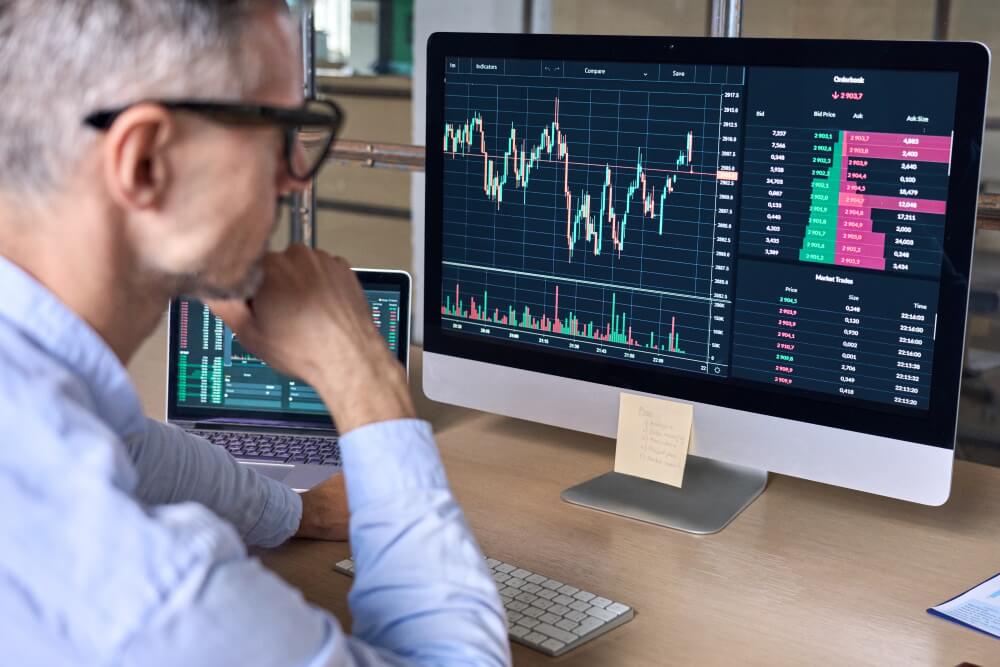
Your starting capital should be the amount that buys you real runway to learn, survive realistic losing sequences, and measure whether your edge exists, not the number that comforts your ego. Work backward from the worst-case stress test of your plan, add explicit reserves for fees and time, then pick an entry that preserves your life outside the charts.
How do I turn my life budget into a trading budget?
Separate money into three clear buckets: nonnegotiable living needs, a preserved emergency reserve, and a trading lab. Treat the trading lab as an operational budget, not a retirement account: include commissions, connectivity, taxes, and a learning allowance you can spend monthly without guilt. Convert those monthly line items into a runway target. For example, your trading lab should cover expected monthly losses plus fixed costs for at least the number of months it takes you to reach your minimum sample size for validation.
What sample size and stress tests decide the runway?
Use your strategy’s historical trades to extract two numbers, then stress-test them. First, measure the worst consecutive-loss streak S over a meaningful sample, and the average loss per losing trade L at your intended size. Second, run a Monte Carlo resample of your trade outcomes to find the 95th percentile peak-to-trough drawdown D. A practical, conservative formula is: capital needed >= D + S times L times a cushion factor of 1.5, plus fee and margin reserves. Put another way, let statistics set your boundaries, not hope or a single lucky month.
How should I budget for fees, slippage, and opportunity cost?
Build a monthly line item for friction, then double it for safety. Include explicit numbers for commissions, spread, borrowing costs, and realistic slippage per trade. Add an opportunity-cost line that represents what you could earn putting that money elsewhere for the same period, because that figure affects how aggressively you must pursue returns. Treat these costs like fixed overhead for your trading business, reduce them first, then chase incremental edge.
Why most people’s funding choices quietly fail them
This pattern appears across aspiring traders: they fold trading money into general savings and then treat losses as personal failure. The emotional pressure that follows makes rules brittle; traders expand position sizes to chase losses, then exit under stress. That hidden cost is not abstract; it shortens the runway and ruins learning momentum.
Most people fund trading from savings, which makes sense because it is immediate and straightforward. That familiar route works early, but as iteration needs increase, it introduces slow feedback and emotional drag. Platforms like GoatFundedTrader offer standardized evaluation metrics and substantial simulated capital, enabling traders to accelerate iteration and receive objective performance signals before committing more personal funds.
How do I set scaling triggers so I do not overextend?
Define objective, time‑bound gates before you add capital: a minimum sample size of trades (for many approaches, 100 to 200 trades), a minimum positive expectancy after realistic costs, and a maximum drawdown threshold you will not exceed. Increase nominal size in fixed fractions, not multiples, and always add to the reserve at each step. This preserves optionality and prevents a single run of good luck from convincing you to blow your safety net.
What stops people from doing this correctly?
This challenge appears when traders confuse affordability with safety. Many underestimate liabilities or commit funds that undermine household stability, turning market volatility into a personal crisis. To avoid that, set a hard dollar loss cap you can carry emotionally for dozens of trades, automate transfers into the trading lab separate from savings, and keep a reconciliation routine every 30 days so decisions stay factual, not reactive.
A final reality check from outside trading that lands here hard
Founders Forum Group, 2025, reports that 70% of startups start with less than $5,000 in funding, which underscores how ordinary low starting capital is when people are testing ideas. Founders Forum Group, 2025, also shows that approximately 29% of startups fail due to running out of cash, a blunt reminder that runway, not brilliance, often decides survival.
Think of starting capital like training a fire: you need enough fuel to sustain practice and enough water on hand for the mistakes you will make; run out of either, and the lesson ends.
But the part that really surprises most traders is what happens when you try to scale after proving skill under pressure, and the next step exposes a decision almost everyone gets wrong.
Related Reading
- How to Avoid PDT Rule
- Trading Risk Management Tools
- Best Indices to Trade
- Best Stocks to Trade Options for Small Accounts
- Swing Trading vs Day Trading - Which Is More Profitable
- Best Pairs to Trade in Forex
- Top 10 Best Stocks for Beginners With Little Money
- PDT Rule Examples
- Best Offshore Brokers for Day Trading
- Best Stocks To Invest In For Beginners
- How Much Money to Start Trading Options
- Day Trading Software for Beginners
Get 25-30% off Today - Sign up to Get Access to up to $800 today

We know traders worry that imitated accounts can be manipulated, and that concern matters. Goat Funded Trader gives you transparent, rule‑based simulated accounts up to $800K with no minimum targets, no time limits, instant funding options if you already have the edge, triple paydays with up to 100 percent profit split, and a two-day payment guarantee with a $500 penalty for delays; join over 98,000 traders who have collected more than $9.1 million in rewards and sign up to get access to up to $800K today with 25 to 30 percent off.
.svg)
.avif)



.avif)





.svg)

.svg)